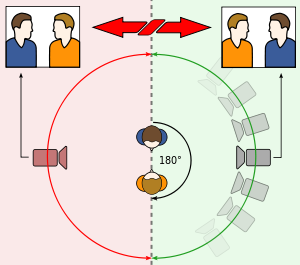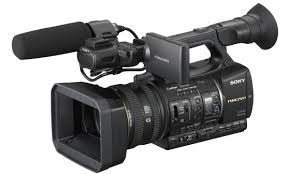„The Notebook”
movie poster analysis
While looking at this poster we can see two people standing close to each other in the rain with their eyes closed, which implies that they are about to kiss. This excites the viewer because it makes them want to know what is going to happen next. The viewer wants to learn more about the relationship and their backstory.
The camera shot is a medium two shot, which explains why we can only see their bodies from the waist upwards. The picture is taken from a low angle and therefore involves us and makes us feel as if we are, ‚living in their world’.
The first thought that comes into our mind is that the genre is a romantic tragedy. This attracts viewers because they want to experience a tragic twist within the story. We can assume that the plot revolves mainly around love and intimacy. The intimacy of the image excites viewers which suggests that women and teenage girls are the target audience; as they want to see more scenes similar to this image.
Both the characters are standing in the rain which implies that the story is not as happy as we first thought, and that there will be lots of ups and downs. On the other hand the sky is clear, clouds are soft and practically not visible and because of that we can assume that there are going to be plot twists - there is always sun after a rain. The character’s clothes are soaked as a result of the rain, which symbolises that they had many obstacles to overcome in order to find happiness together.
We can see a engagment ring on the woman’s hand, however the viewer can not tell if she is engaged to the man who is holding her in his arms on the poster, or maybe a man that hinders the fullfilment of their love…? This intrigues the viewer and makes them want to learn more about the story, and the complicated relationship between these two.
The main colours on this poster are white and blue which are signifiers. The male character on the poster is wearing a white shirt which signifies purity and innocence. The blue colour symbolies the tradegy of their relationship but on the other hand it signifies the abyss of their love, passion and infinity.
Around them bears a delicate glow, which can suggest that they treat their powerful feelings like holiness.
The costumes show the time frame that the film is set in. They are clearly from the 1940’s era. The man is wearing a thin white blouse and the woman is wearing a 40’s style dress.
Furtermore, The font that is used for the credits and title are very simple, and therefore they do not take the viewer’s attention away from the main image.
‚The notebook’ literally means journal where we can write our memories, different experiences, feelings etc. and then with the flow of time we return to these records… In this movie according to the meaning of notebook it can suggest that their love lasted very long time, it was overflowing with different emotions and events. We can also assume that with age they have flashbacks to those moments which they shared…
 We decided that the girl character should wear black medium length skirt with white casual top and black ripped tights.
We decided that the girl character should wear black medium length skirt with white casual top and black ripped tights. 













































